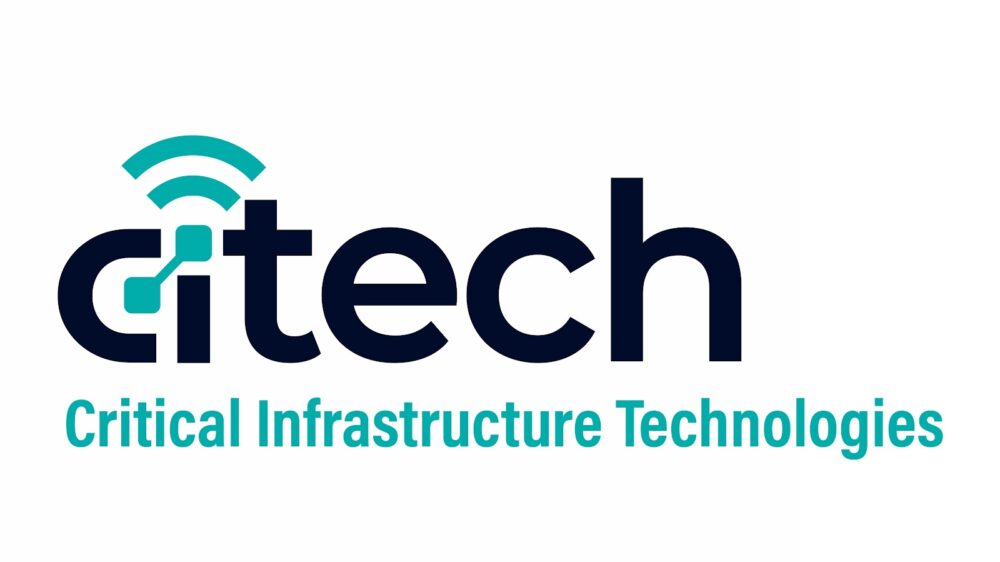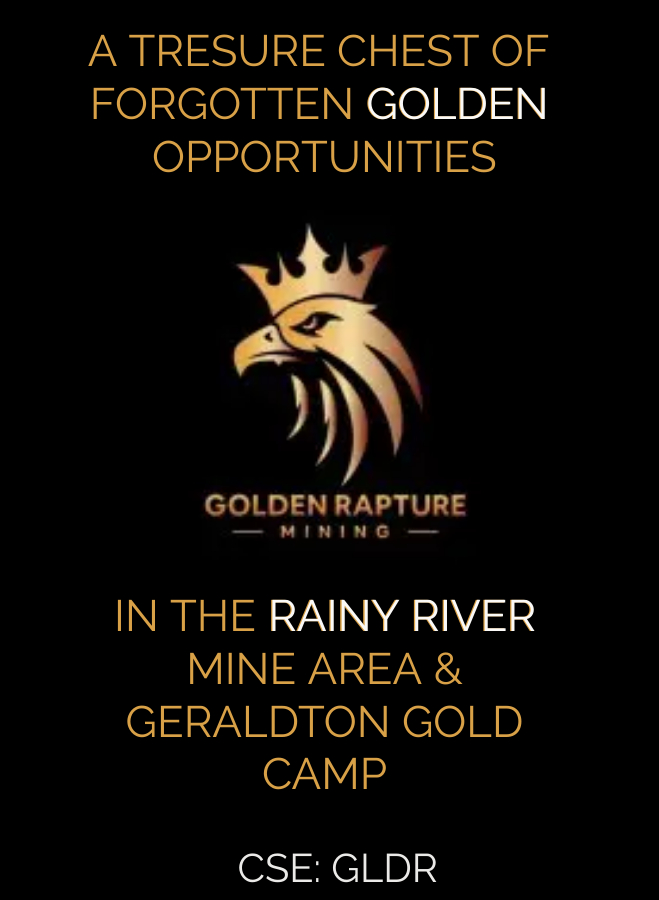One can hardly turn on the news these days without learning of some event around the world that has displaced large numbers of people and knocked out essential services.
While some debate the cause, one thing’s for certain: climate change is occurring. Armed conflicts play havoc with communications and power networks as well, of course. Getting communications back up and running in these environments can literally be a matter of life and death.

Critical Infrastructure Technologies Ltd (CSE:CTTT, OTCQB:CITLF) is ready to help with a platform that lifts itself off a flatbed truck and sets up in extreme conditions, launching a communications network from atop a 16 metre mast so that residents, emergency workers and others can easily connect with one another again. Nexus 16, as the platform is called, has everyday commercial applications as well.
CEO Brenton Scott recently spoke to Proactive from the company’s head office in Fremantle, Australia to discuss the many uses of Nexus 16 and the outlook for adoption by the industrial and government sectors.
It is not uncommon these days for unforeseen events to cut off power and electronic communications. What products do you offer to help companies and countries manage these situations?
You raised emergency services, in essence, and then there is also mining, and the third sector we are targeting is defence.
With emergency services, any natural disaster is likely to knock power out, and when power goes down, your fixed infrastructure goes down with it. Fixed communications towers generally have a four-to-eight-hour backup power supply, but after that you are going to lose those towers.
Telcos over-cater with their cellular networks such that operating radiuses overlap. If one goes down, another one can pick it up. But with a widespread power outage, it can all go down.
We provide a solution that is a fully autonomous, self-deploying mobile communications platform. You can deploy it within 30 minutes and restore a whole communications network, using satellite if need be, or we can tap into a fixed communications tower that is operational about 50 kilometres away and bring the signal back. And if you put multiple platforms around, it will form a mesh network that creates a much broader telecommunications system.
Our platform basically gets moved around on a flatbed truck and will lift itself off the truck. The driver does not have to get out of the vehicle to deploy it in bad conditions. External systems can monitor and control everything.
The emergency application is clear. What about in mining?
As miners move more and more toward autonomous haulage, which is driverless vehicles, they need a stable communications network on site. Effectively, they need a 4G or 5G network to operate their vehicles.
If they have a communications blackout, and this happens in pits occasionally as the pit expands and deepens, they will experience black spots. If an autonomous vehicle goes through a black spot,
communication is cut and every single vehicle in the train of vehicles stops. Big miners value stoppage in production in the millions of dollars per minute, so they can’t have this happen.
A lot of them put as many fixed towers around sites as possible. But as pits expand, they can’t put a fixed solution on the edge because the shape is constantly changing.
Our system is easily moveable, so if the platform is near a blasting area, for example, you just move it out of the way.
How about on defence?
Let’s use Ukraine as the defence example. The Russian Federation is targeting fixed infrastructure, so they are taking out power sources. That creates a communications problem both on the battlefield and from a humanitarian perspective.
We have had multiple meetings with the Ministry of Defence of Ukraine. Ukraine’s Ambassador to Australia has been to our office and seen a demonstration of the product. And last September, I went to Poland and met with members of the Ukrainian defence ministry attaché and showed them the product. We are in frequent contact to see how Nexus 16 could help and how we might get platforms to Ukraine.
The beauty of the product is that we supply a platform that goes up 16 metres, and it is fully mobile with a retractable mast. We are marketing it as a communications platform, so we put our radars and everything on top to provide a telecommunications network.
We were asked what else could go on top of the mast. The answer is anything that weighs less than 250 kilograms. It could be used as a surveillance system with cameras on it. You could put it up 16 metres to have a look around, and you could pull it back down and move the platform, just like a periscope in a submarine. You could put a drone detection system on top. You could have a mobile airport control tower.
Where do you see immediate demand coming from, and will there be ongoing demand from one sector and then event-driven demand layered on top of that?
We are moving from R&D into commercialization and are building our first two platforms. We have shown the product to a number of large mining companies in Western Australia and are in discussions with one of them to purchase one of the first platforms for a specific need they have.
The first unit sold to a big mining company would be a significant event, and we think we are close to achieving that. Once that happens it should give us traction in the mining field. And then we’ll build based on demand. We see mining being a big market for us.
On emergency services, we have met with the Western Australian Minister for Emergency Services and also with representatives from the Department of Fire and Emergency Services. They are fully aware of the problems in the event of a natural disaster. When the fires spread around Western Australia, townships were concerned there was no communications network to be able to warn first responders and residents of fires that were coming. The government should be buying platforms to cover the whole region.
The recent budget from the West Australian Premier revealed that during the last year, the state government received AU$11.1 billion in mining royalties, which works out to $30.4 million per day. If a cyclone hit the northwest of Western Australia and took out infrastructure at mine sitesor at the port, every day they can’t load a ship it costs the state $30.4 million. They can buy 10 of our platforms and it is an insurance policy against $30.4 million per day.
With defence, we are working with Ukraine. We are talking with Australia’s federal government as well, which is looking to increase its defence capabilities. The government just brought out a strategic review and part of that is ensuring that the northwest of Western Australia has adequate infrastructure in place.
Because of the AUKUS agreement between Australia, the US and the UK, the three countries are working to provide much better protection in the Indo-Pacific region. We think there is potential to sell product into the AUKUS partnership as they take up occupancy in remote islands, for example, to make sure they have a presence and eyes and ears in the region.
Talk to us about the design challenges you overcame to ensure Nexus 16 was ready to work in tough environments.
The team came together about two years ago with lots of experience in communications. Our design challenges were around making it the size of a 20 foot sea container, and having four robotic legs that lift it off the truck and settle it back down and stabilize it to hold a 16 metre mast. Some people liken it to a Transformer – it comes out of this 20 foot shape and the whole thing comes to life with the push of a button.
We created a walk-in control room to house batteries and any other computer equipment required. There are dual generators with diesel tanks in case the batteries go down. We have a solar array on the roof.
The tower can withstand near-cyclonic winds up to 140 kilometres per hour. And if the wind gets over a certain level, the mast will automatically retract to protect itself. We have more redundancies built into this product than you can imagine.
How does this all come together as a story that people should follow?
We think the product speaks for itself. Is the product going to sell? Absolutely the product is going to sell. It is a true global product targeting three very good sectors: mining, emergency services and defence.
It’s a product that is also recession-proof, in our view. Mining doesn’t stop. Miners continue to look at creating efficiencies within their networks to get their commodity out at the lowest possible price in the shortest possible time frame. When commodity prices weaken, they don’t stop. They keep producing but they look to improve their margins, and we are a product that can help them with that.
Emergency services will always be there. Natural disasters seem to be happening more and more often. We are in the right place to be able to provide a local solution for communications outages.
On defence, every single Western military is improving defence capabilities and looking at having redundancies in place. And we fit well within the defence sector.
Any investor is going to look at what the company does, what are their opportunities, what is their product, is it any good, is it scalable, do they think they can sell the product. I think we tick a lot of boxes. We have good forecast margins, and we hope to sign our first contract soon. And our upcoming secondary listing on the OTC will give US investors easy access to our shares.
Now is the time that investors would be looking at us and doing their due diligence. We are pre-revenue but have de-risked the business and things are moving quicker than we thought. As we do generate sales and contracts and all of that, I would hope to see that reflected in our valuation.
Sponsored Post on Behalf of Critical Infrastructure Technologies
